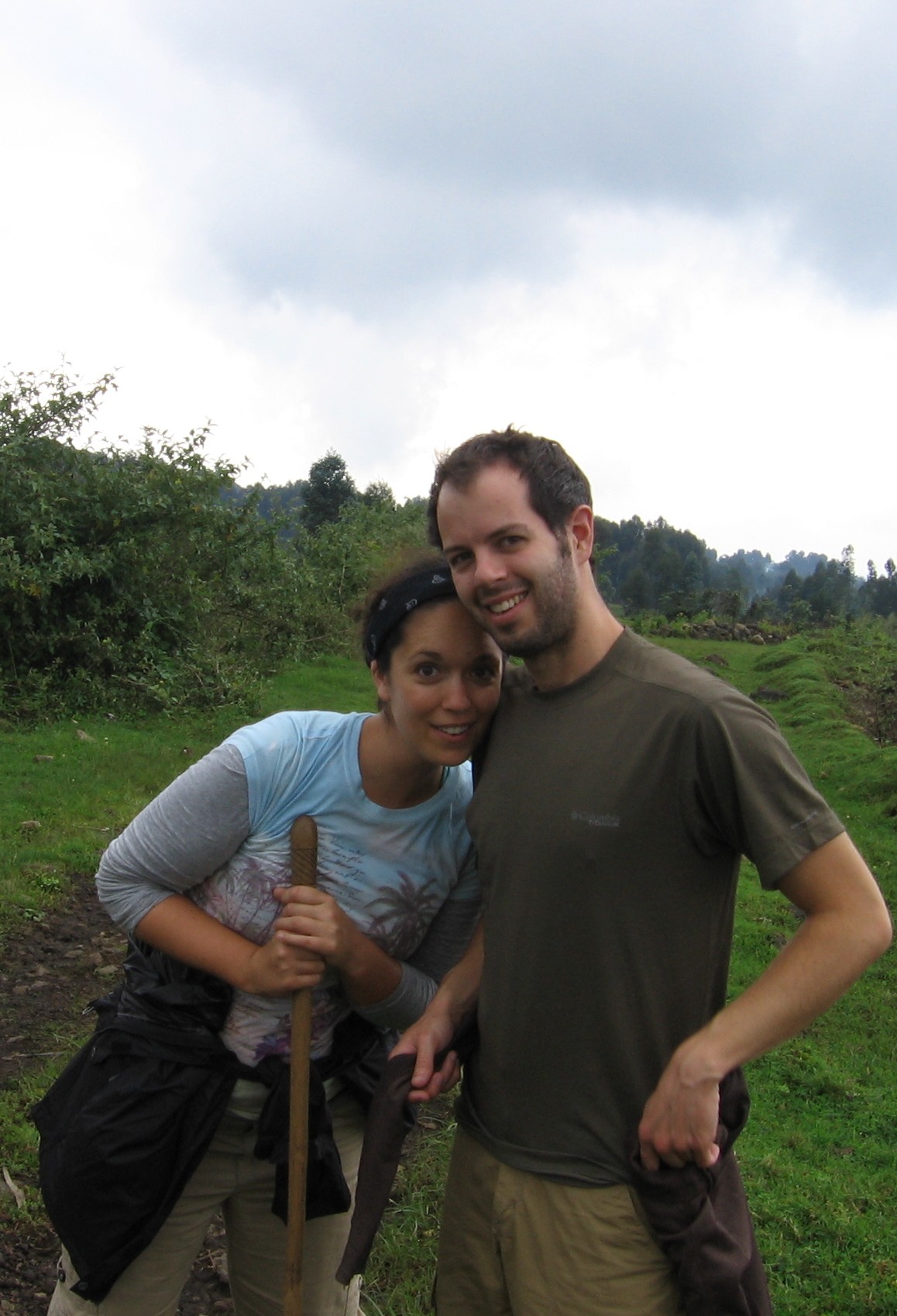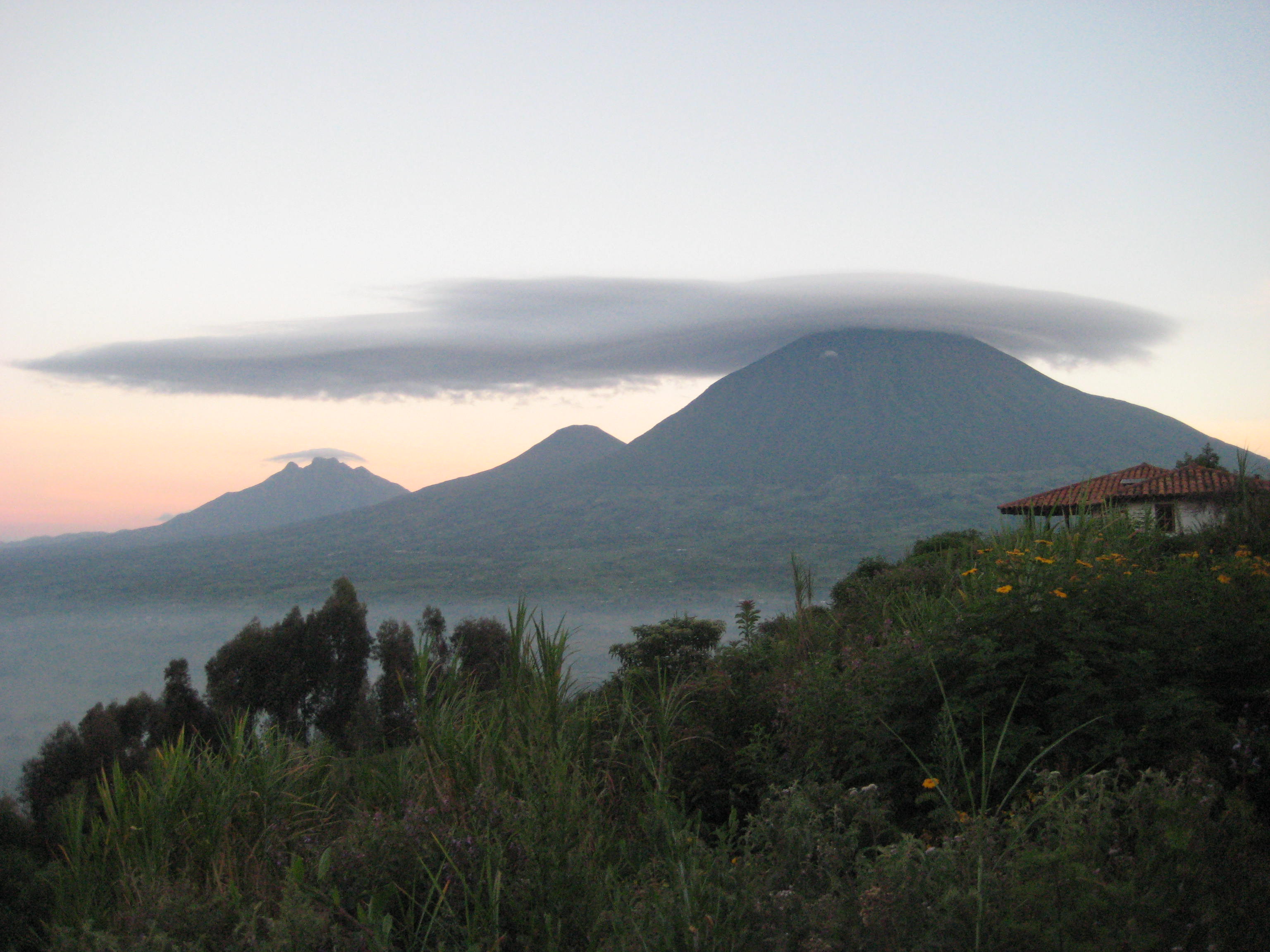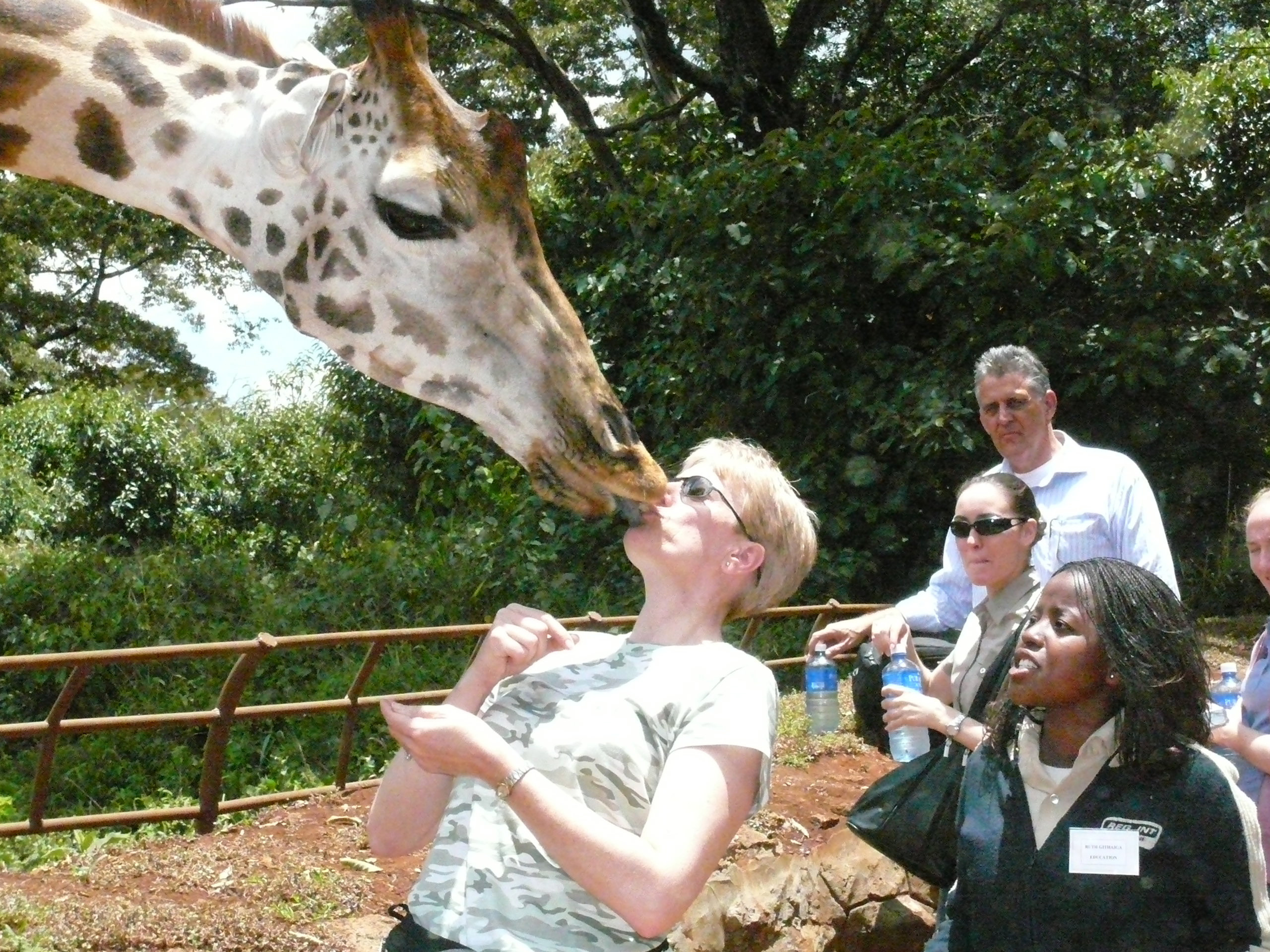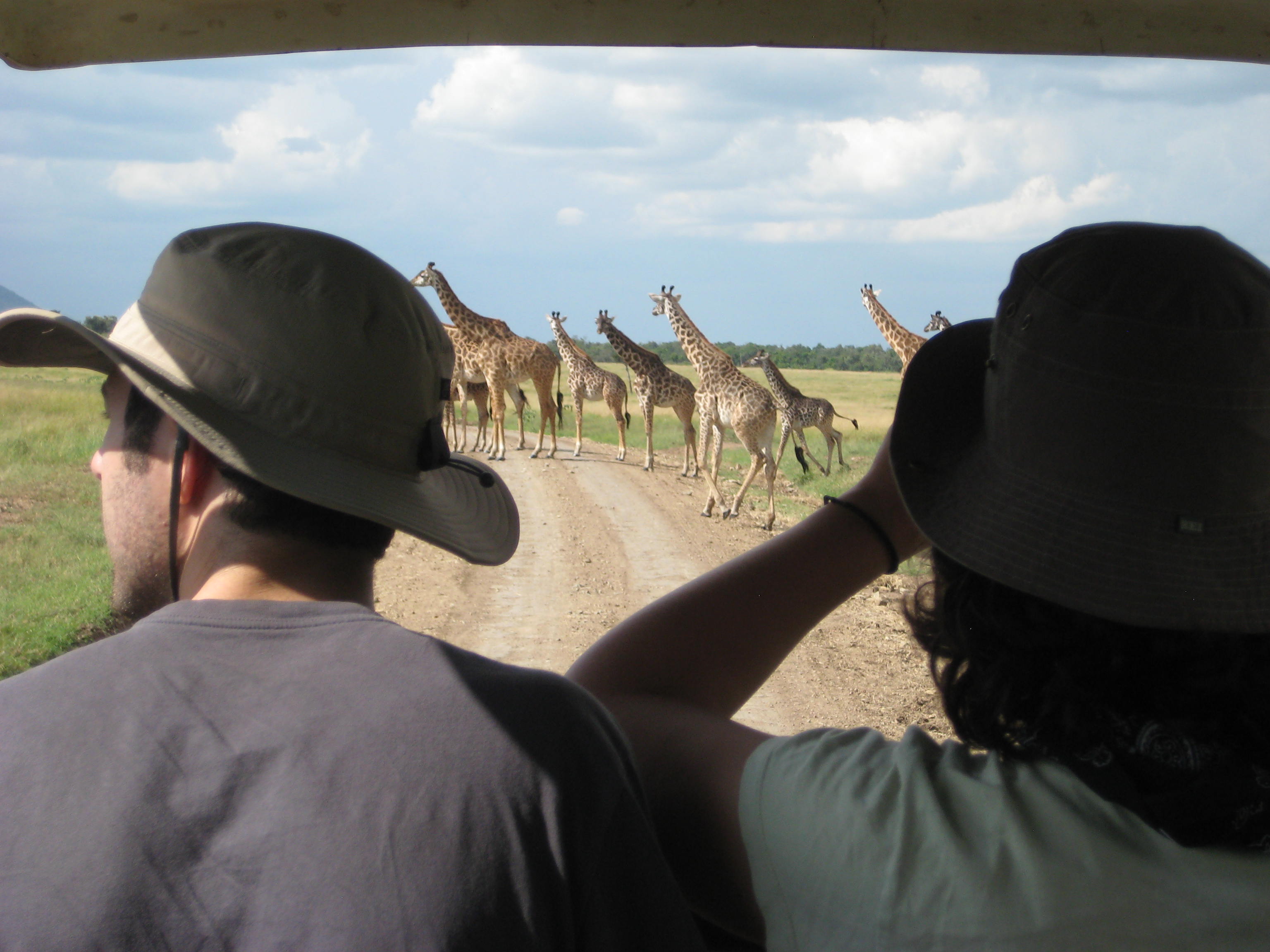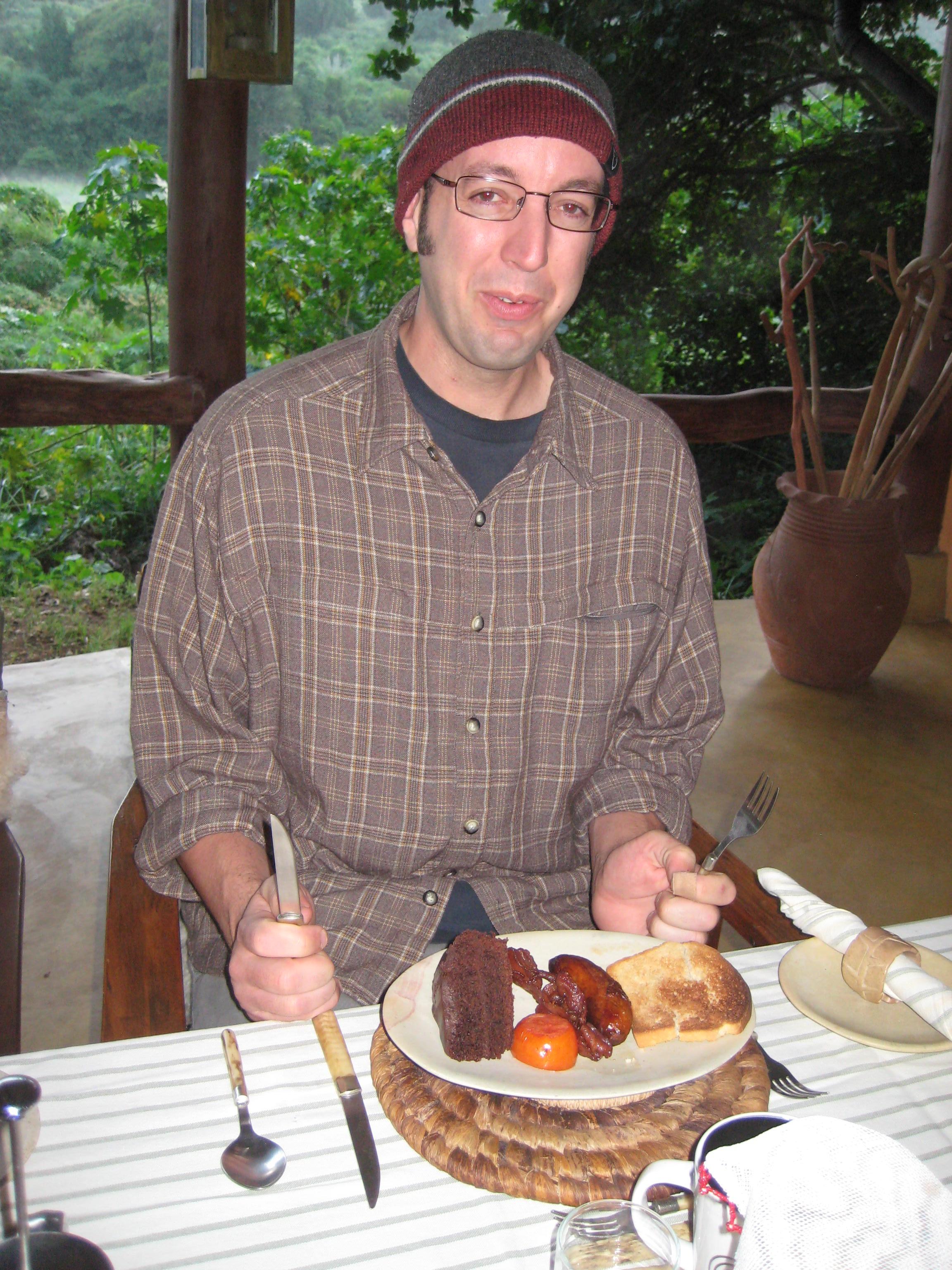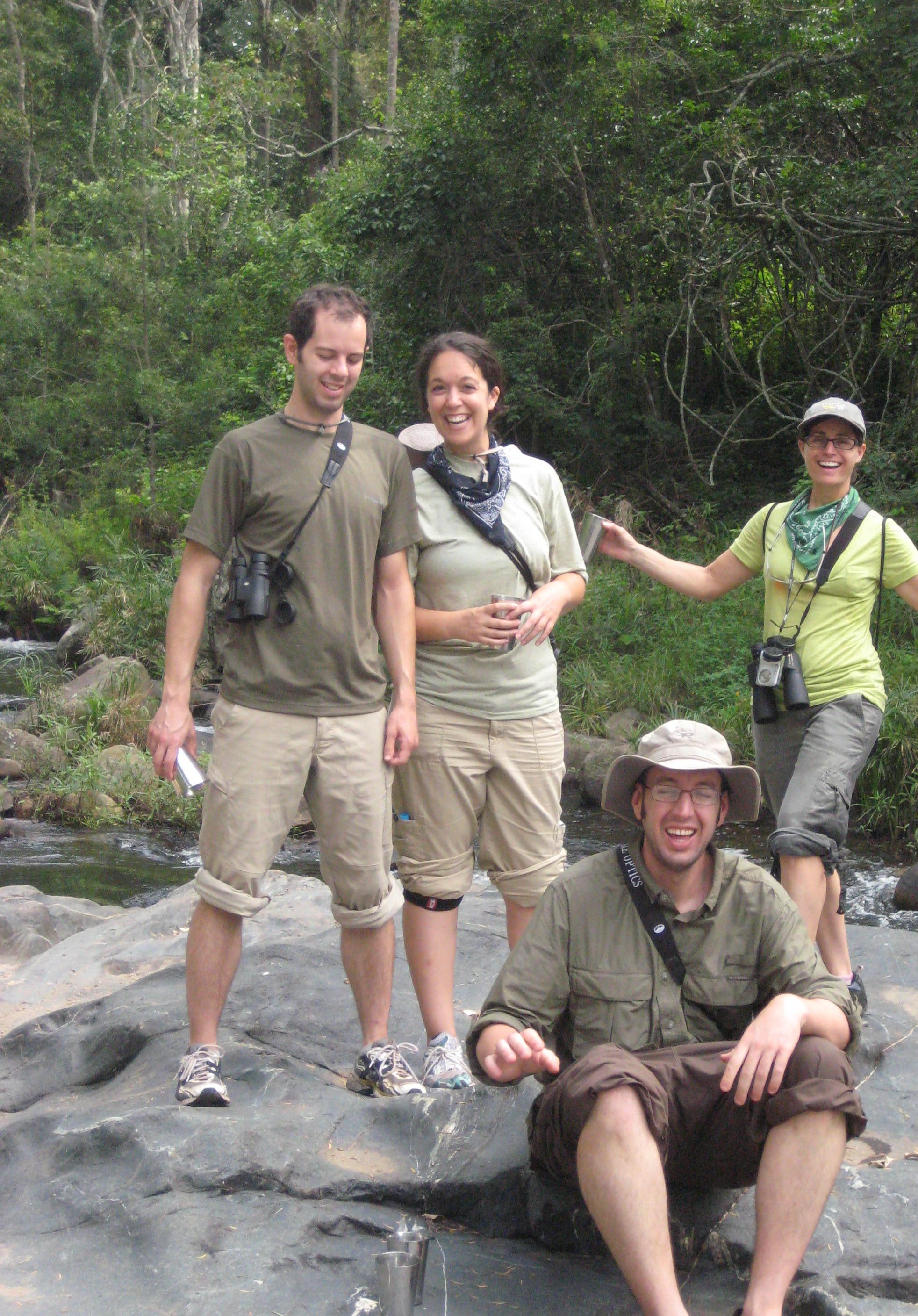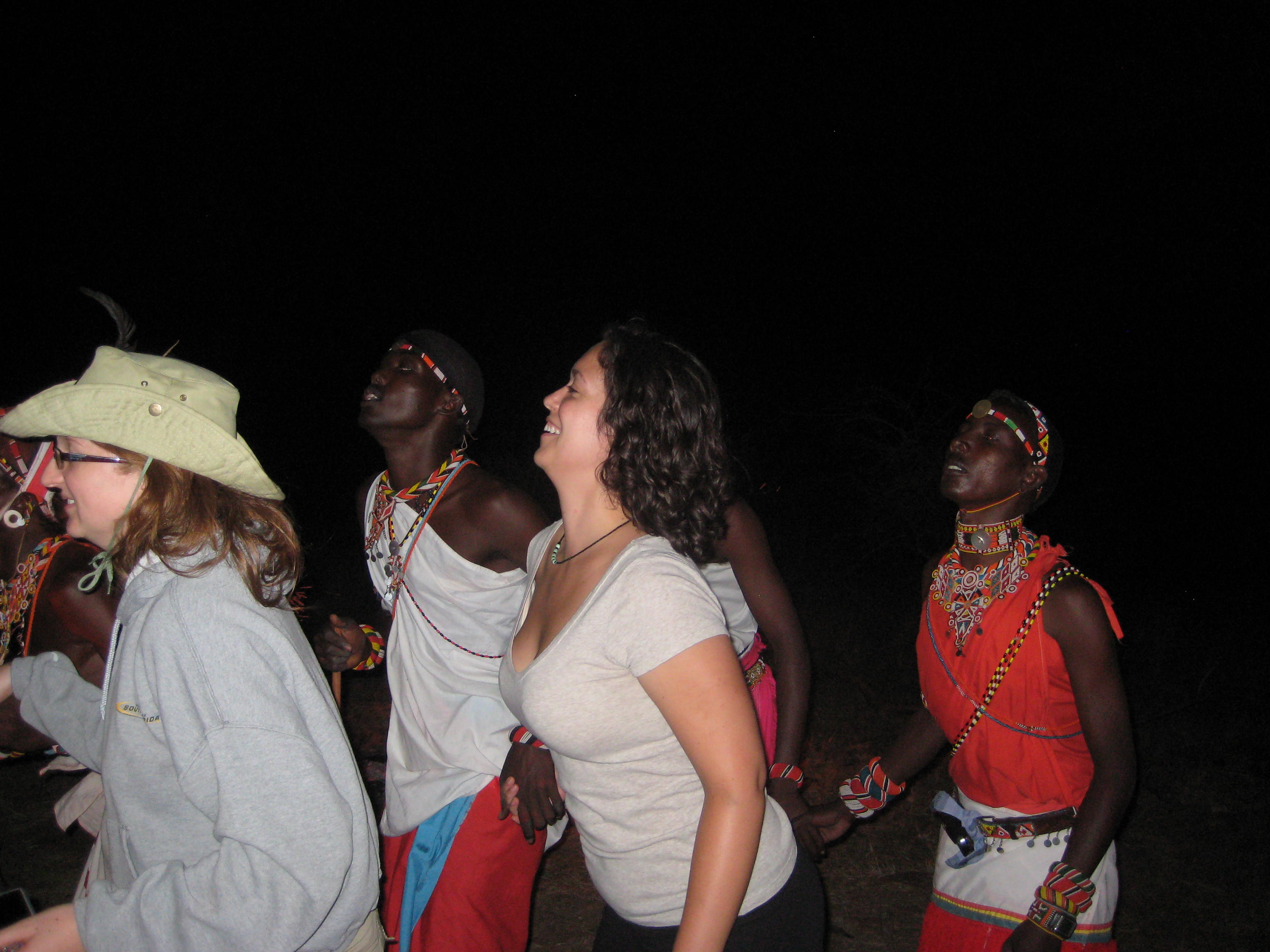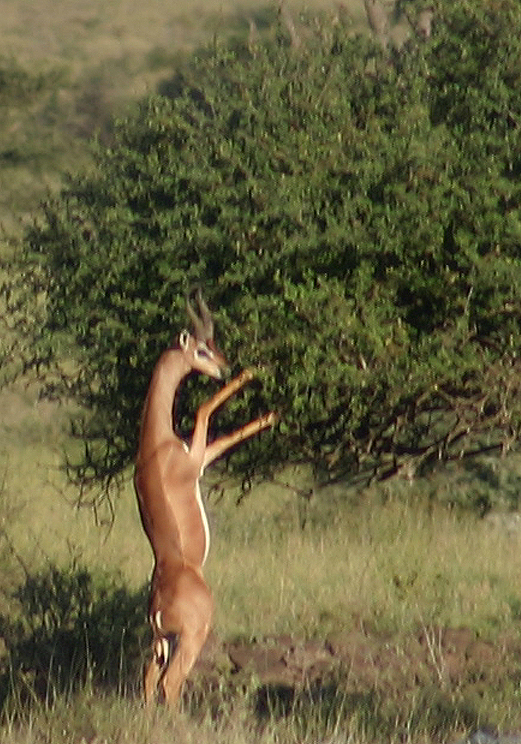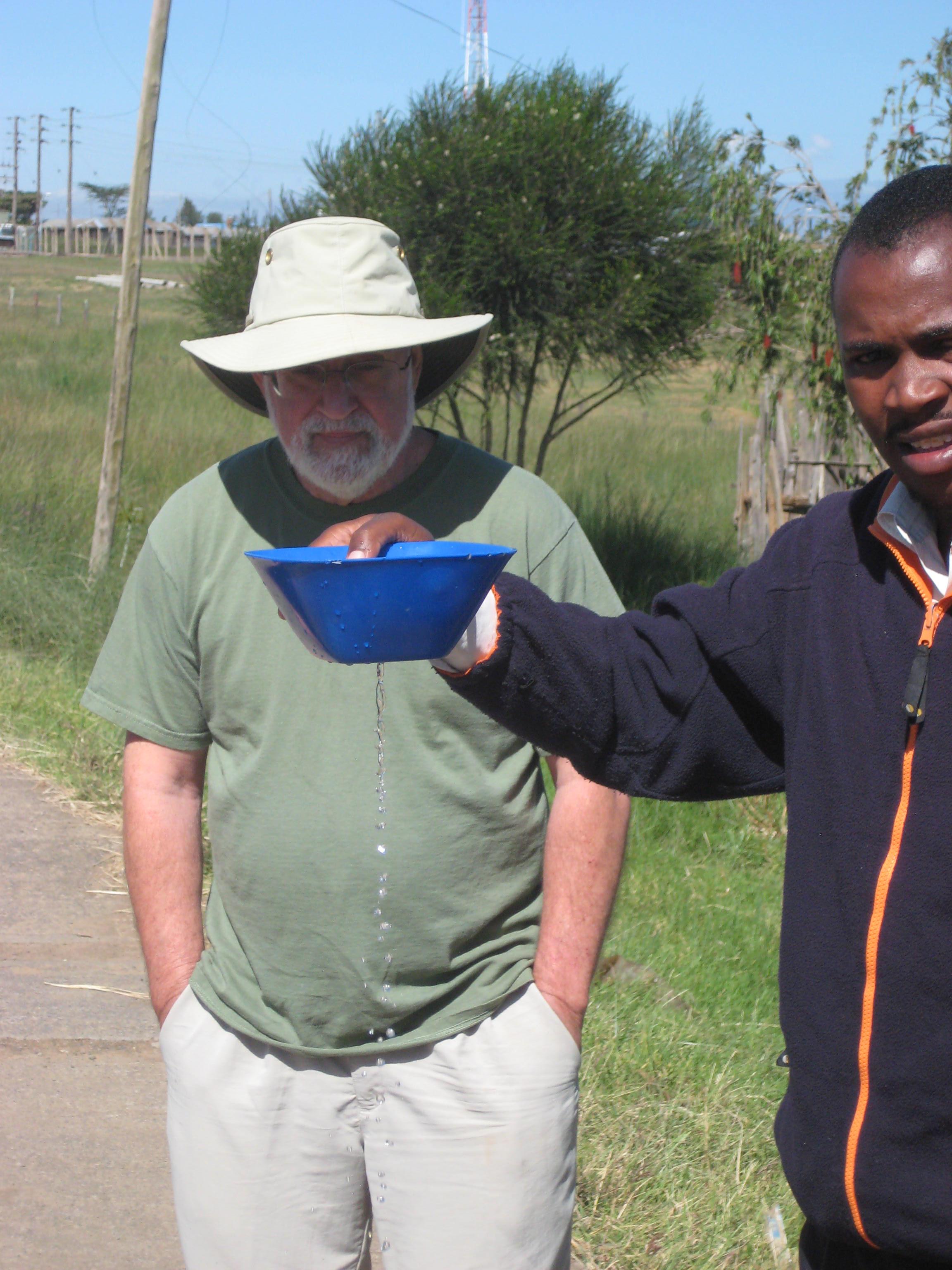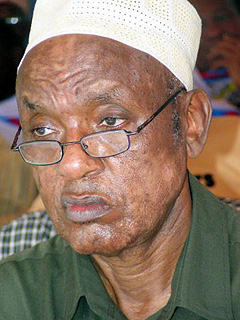
Tanzania has a far less dynamic and transparent media than either Kenya or Uganda, but the “little engines that could” are blowing their whistles as hard as they can!
A tiny on-line publication, This Day, reported today that the World Bank has withdrawn a US$8.4 million offer to finance new government buildings in Dar-es-Salaam, specifically because of the growing controversy of corruption in the Tanzanian roads’ agency.
(The bank’s on-line directory still showed the project was current, today. But This Day has a remarkable record of accuracy.)
If true, it is not clear whether this is in response to the growing outcry against the Serengeti Highway, or simply a response to a lot of dirty laundry the proposed project has aired.
Several publications and blogs – most of them on-line and not widely available to the public in Tanzania – today came down brutally on the CEO of the Tanzania National Roads Agency, Ephraim Mrema, for widespread corruption.
Recently Mrema canceled the specific site for which the World Bank had made its loan to build the TANROADS headquarters, after more than $1 million had already been spent on designers and architects.
“World Bank officials in Dar es Salaam were angered after they discovered that they were misled by the TANROADS management about key aspects of the project and have since withdrawn their funding,” said an anonymous TANROADS official quoted today by This Day.
Mrema was appointed in 2007 by Andrew Chenge, then Attorney-General but since fired, for an appointment of three years ending on June 3, 2010. But Mrema remains in office, today.
Following Chenge’s resignation and later indictments on charges of corruption, a government inquiry began into Mrema’s own dealings. The inquiry has charged him so far with overstepping his authority, clinging to a position since expired, and fomenting a “reign of terror” within the agency.
The Vice-Chairman of TANROADS, theoretically Mrema’s second-in-command, Dr Samuel Nyantahe, has officially called the situation a “serious crisis.”
“…the situation at the agency is very grave as there is a reign of terror … urgent government intervention is needed to forestall further deterioration and decadence,” Nyantahe said in an April 12, 2010, letter addressed to the Prime Minister of Tanzania, made public today by This Day.
“How can a public service official (Mrema) exhibit blatant insubordination behaviour and get away with it?” the letter continues.
Mrema’s answer is that he has been officially sanctioned by Tanzanian President Jakaya Kikwete. The president’s office was silent, today, on the growing controversy.
On May 3 last year, the ministry in charge of roads censured Mrema. Omar Chambo, the Permanent Secretary, formally reprimanded Mrema for a number of contractual and ethical violations. “Implementing [unapproved actions] contrary to my instructions amounts to insubordination,” says part of Chambo’s letter to Mrema.
It must be serious. In December, 2008, Mrema paid Chambo an “honorarium” of $7000 from the TANROADS coffers for seemingly no reason.
In Tanzania you don’t bite the hand that feeds you unless that hand’s ready to be chopped off.



